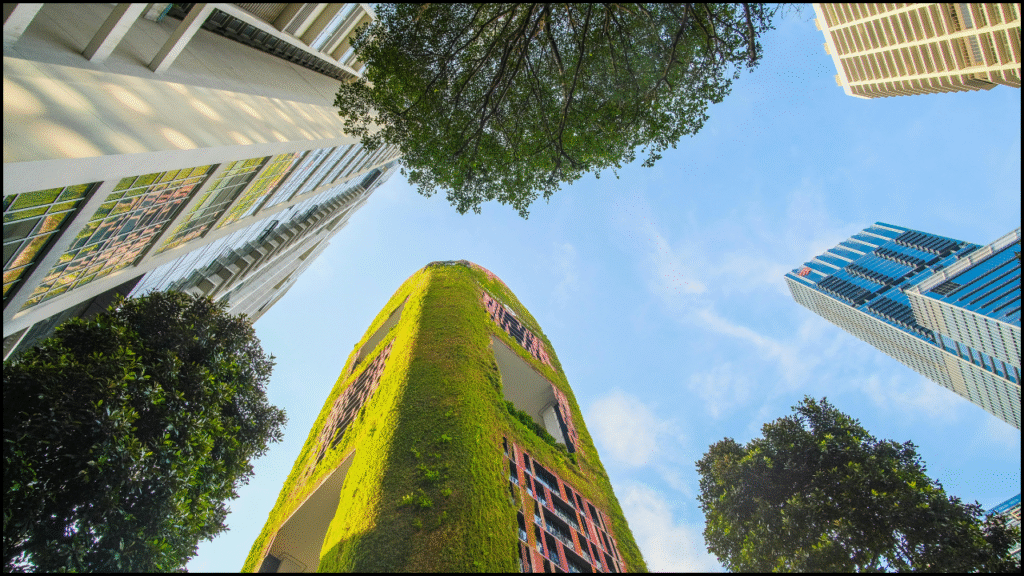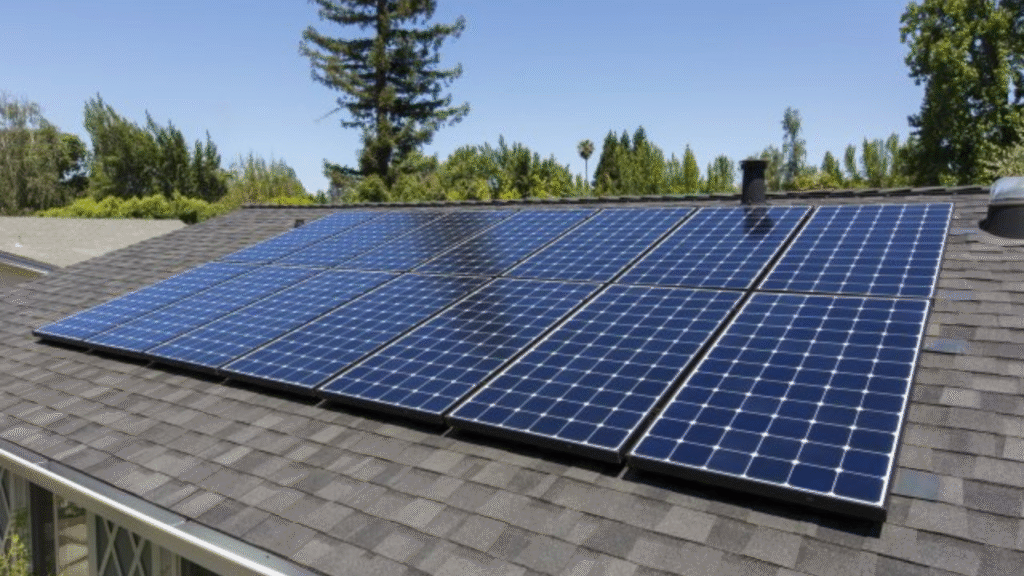The push for a sustainable future is undeniable, driven by the escalating impacts of climate change and the urgent need to reduce carbon emissions globally. Green technology offers a viable path forward, yet a common perception, often rooted in past realities, is that it remains prohibitively expensive. While initial investments can be higher than traditional alternatives, a closer look reveals a complex interplay of factors influencing these costs, and a consistent trend towards increasing affordability.
Cost of Green Technology Explained: More Than Just the Price Tag
The “expense” of green technology is multifaceted and often misunderstood. It's not simply the upfront purchase price but includes elements like:

1. Research and Development (R&D)
Developing cutting-edge green technologies, from advanced solar cells to efficient battery storage and carbon capture systems, requires massive investment in R&D. These costs are initially passed on to consumers. However, ongoing R&D also drives down future costs through innovation.
2. Manufacturing and Supply Chains
Producing green technologies often involves specialized materials (like rare earth elements for certain components), complex manufacturing processes, and nascent supply chains. As production scales up, economies of scale begin to kick in, significantly reducing per-unit costs. For instance, solar panel manufacturing has seen dramatic cost reductions over the past decade as production volumes soared. This scaling up is crucial to making green tech more accessible and reducing overall carbon emission.
3. Installation and Infrastructure
Installing renewable energy systems, such as solar farms or wind turbines, requires significant civil engineering, specialized equipment, and skilled labor. Similarly, establishing a robust charging infrastructure for electric vehicles or a pipeline network for carbon capture and storage demands substantial capital expenditure. These infrastructure costs contribute to the perceived expense.
4. Technological Maturity
Newer green technologies, like advanced carbon capture or green hydrogen production, are still maturing. As they move from pilot projects to wider commercial deployment, learning curves and continuous improvement lead to cost reductions.

5. Policy and Regulatory Environment
Government policies, or a lack thereof, can significantly impact costs. Subsidies, tax credits, and supportive regulations can make green technologies more competitive, effectively internalizing some of the environmental benefits. Conversely, inconsistent policies or regulatory hurdles can increase costs and deter investment.
6. Energy Storage
The intermittency of some renewable energy sources (like solar and wind) necessitates energy storage solutions. While battery costs are declining rapidly, they still add to the overall system cost. Effective energy storage is vital for a stable grid and for reducing carbon emission from fossil fuel backup.
It's crucial to consider the long-term savings and benefits. Green technologies often lead to significantly lower operational costs (e.g., no fuel purchases for solar/wind, reduced maintenance for EVs), and they mitigate the growing financial and environmental costs associated with carbon emission and climate change.
Green Tech for Sale: A Growing Market
Despite the perceived costs, the market for green tech for sale is booming. The global green technology and sustainability market is projected to reach substantial figures, with reports indicating a growth from $18.81 billion in 2024 to $23.41 billion in 2025, and an exponential rise to $55.06 billion by 2029. This growth is driven by increasing consumer demand for sustainable products, corporate sustainability initiatives aiming to reduce their carbon emission, and significant investments in R&D.

Consumers and businesses can now find a wide array of green tech for sale, including:
- Solar panels for residential and commercial use.
- Electric vehicles and charging infrastructure.
- High-efficiency heat pumps and smart thermostats.
- Advanced water purification and waste management systems.
- Sustainable building materials.
- Even sophisticated carbon capture solutions for industrial applications.
Companies like Climeworks (carbon capture), Sunfire (green hydrogen), and BETA (electric mobility) are among TIME's top green tech companies of 2025, reflecting the diversity and innovation in the market.
First Solar Tech: Driving Down Solar Costs
First Solar is a prime example of how innovation drives down the cost of green technology. As a leading manufacturer of thin-film photovoltaic (PV) modules, First Solar focuses on cadmium telluride (CadTel) technology, which offers advantages in certain applications, such as high-temperature environments.
Historically, the cost of solar PV has plummeted. The levelized cost of energy (LCOE) for grid-scale solar and battery storage is expected to decrease globally in 2025. Fixed-axis solar is predicted to drop to $0.035/kWh. While First Solar has faced some near-term challenges with tariffs impacting its 2025 guidance, their long-term outlook remains strong, especially in the US market. Their continuous advancements in module efficiency, manufacturing scale, and domestic production (with facilities ramping up in the US) contribute to making solar power increasingly competitive with traditional fossil fuels and directly reduce carbon emission from electricity generation.

US Clean Tech: Navigating Challenges and Opportunities
The US clean tech sector is a dynamic and rapidly evolving market, poised for significant growth but also facing unique challenges. The Inflation Reduction Act (IRA) has provided unprecedented incentives for renewable energy, electric vehicles, and carbon capture technologies, stimulating domestic manufacturing and deployment.
However, challenges persist:
- Supply Chain Vulnerabilities: Reliance on certain critical minerals (like lithium and cobalt for batteries) and manufacturing components from specific regions can create supply chain bottlenecks and cost volatility. This affects the speed at which carbon emission can be reduced.
- Infrastructure Gaps: The build-out of transmission lines for renewable energy and charging infrastructure for EVs needs to keep pace with demand.
- Intermittency and Grid Modernization: Integrating large amounts of intermittent renewable energy requires significant investment in grid modernization, energy storage, and smart grid technologies to ensure reliability and manage fluctuations in carbon emission intensity.
- Policy Consistency: While the IRA provides long-term support, political shifts can introduce uncertainty, affecting investor confidence and the long-term cost trajectory of US clean tech.
- High Capital Expenditure: Many clean tech projects, particularly at utility scale for carbon capture or large wind farms, require substantial upfront capital, which can be a barrier for smaller players.
Despite these hurdles, the US clean tech market is expected to see continuous innovation, with a focus on advanced energy storage, smart energy management, and solutions for industrial carbon emissions.
Green Tech for Homes: Accessible Sustainability
For individual homeowners, green tech for homes is becoming increasingly accessible and offers tangible long-term savings. While the initial investment might still feel significant, the return on investment through reduced utility bills and increased home value is often compelling.

Popular green tech for homes includes:
- Rooftop Solar Panels: Prices have fallen dramatically, and federal tax credits (like the 30% Residential Clean Energy Credit in the US, extended until 2032) significantly offset the upfront cost. Generating your own electricity directly reduces your household's carbon emission.
- Energy-Efficient Appliances: ENERGY STAR certified appliances (refrigerators, washing machines, dryers) consume significantly less electricity and water.
- Smart Thermostats: Devices like Nest or Ecobee learn household patterns and optimize heating and cooling, leading to considerable energy savings and lower carbon emission.
- LED Lighting: A simple and cost-effective switch that drastically reduces electricity consumption for lighting.
- Improved Insulation and Energy-Efficient Windows: These upgrades reduce energy loss, lowering heating and cooling demands, thereby cutting down carbon emission from home energy use.
- Heat Pumps: Highly efficient electric systems for heating and cooling homes, replacing traditional fossil fuel furnaces and reducing carbon emission.
Many localities also offer grants, rebates, and financing options that make green tech for homes more affordable. The focus has shifted from simply “going green” to making economically sensible decisions that also contribute to a healthier planet by reducing carbon emission. The initial investment in green technology is increasingly viewed not as an expense, but as a strategic investment in a sustainable and cost-effective future.








